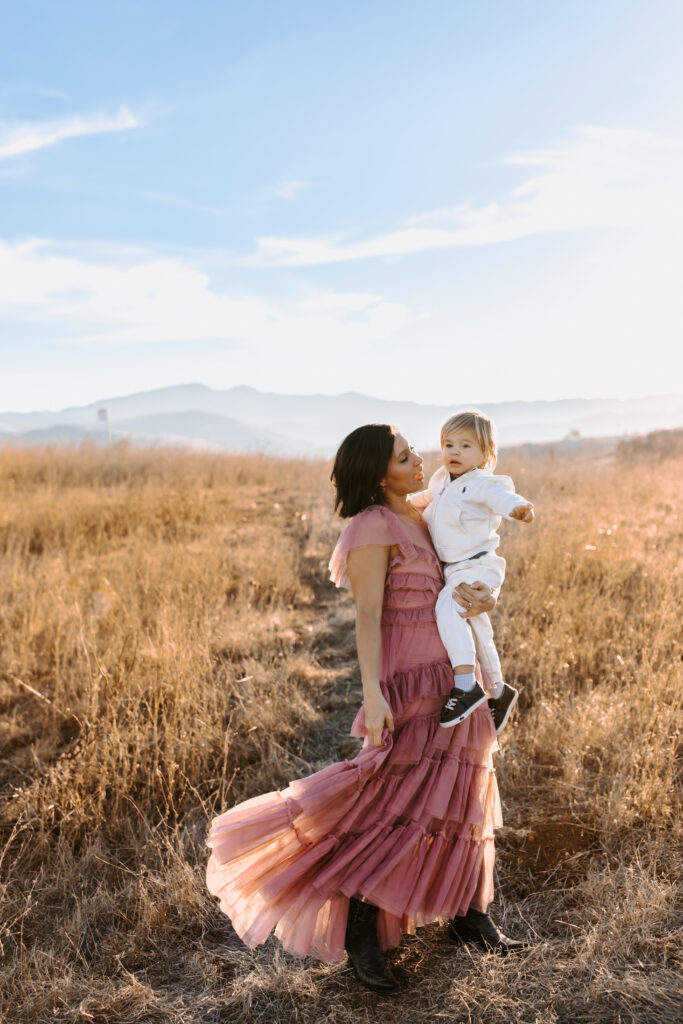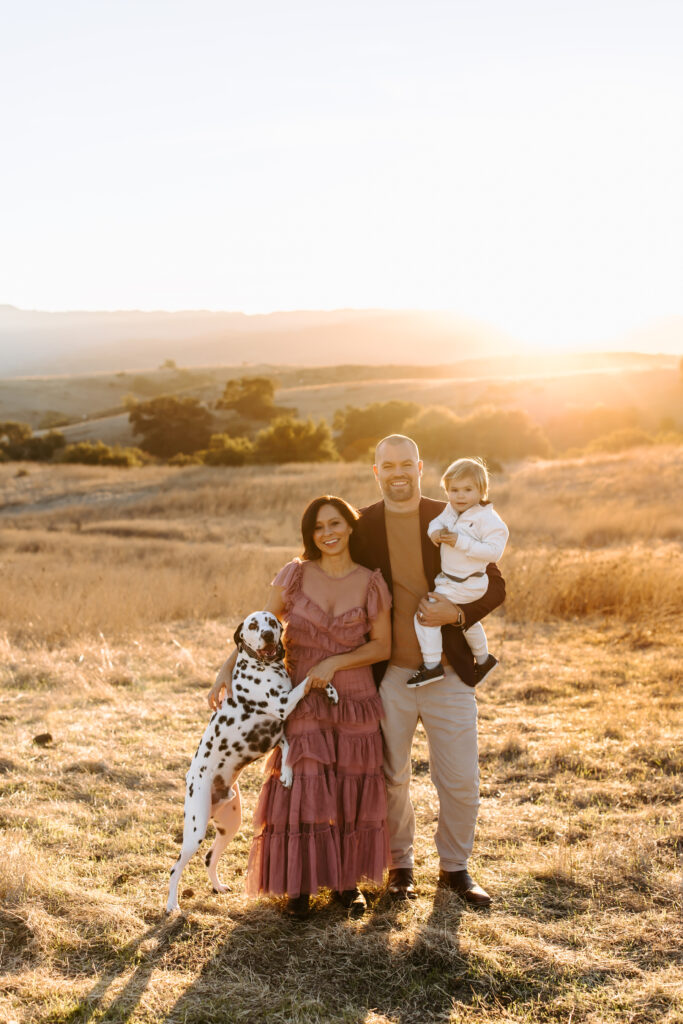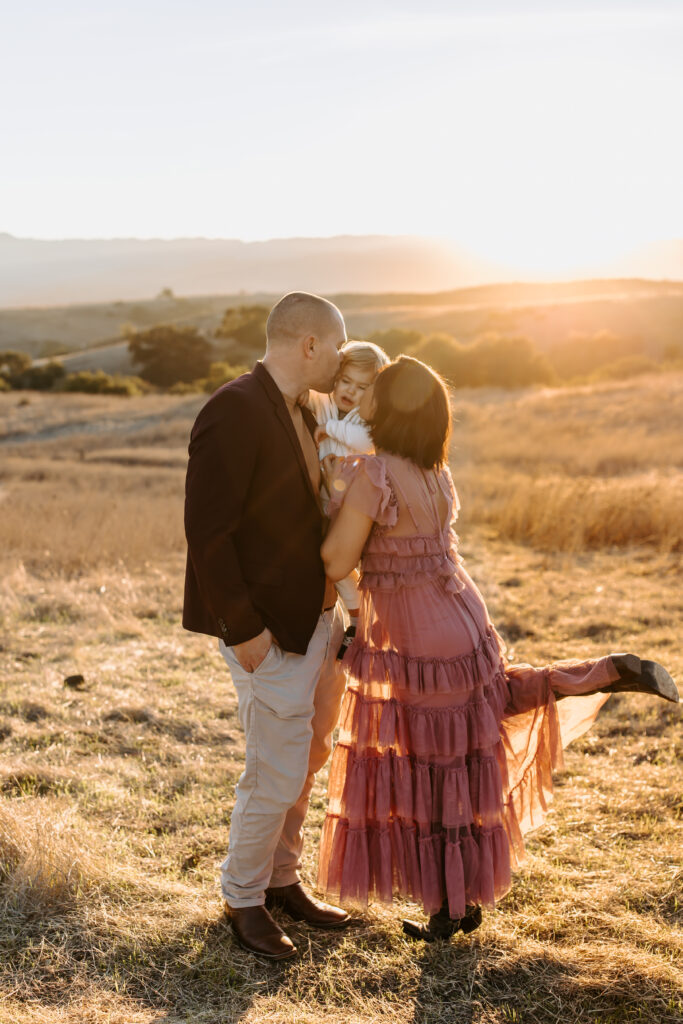3 Important Things to Do When Starting Your Photography Business | Bay Area Family Photographer
February 15, 2025

Starting your own photography business is an exciting journey filled with opportunities to express your creativity, connect with clients, and build a career around something you love. However, launching a successful photography business requires more than just a good camera and an eye for capturing moments. If you’re aspiring to become a Bay Area family photographer or specialize in any other niche, these three foundational steps will set you up for long-term success: setting up your business legally, calculating your cost of doing business, and finding your niche.
Table of Contents



3 Important Things to Do When Starting Your Photography Business
1. Set Up Your Business Legally
The first and most crucial step when starting your photography business is ensuring that it’s set up legally. Taking care of the legal aspects protects you, builds trust with clients, and establishes your credibility as a professional. Here’s what you need to do:
a. Choose a Business Structure
- Decide whether to register as a sole proprietor, LLC (Limited Liability Company), or another business entity. For many photographers, starting as an LLC is a popular choice because it separates personal and business finances, offering liability protection.
b. Obtain Necessary Licenses and Permits
- Check your local regulations to determine if you need a business license to operate in your city or county. In the Bay Area, requirements can vary between cities like San Francisco, San Jose, and Oakland.
c. Register for Taxes
- Apply for an EIN (Employer Identification Number) through the IRS if needed, and understand the tax obligations for your business. As a Bay Area family photographer, you’ll likely need to account for sales tax on physical products like prints or albums.
d. Get Insurance
- Business insurance is essential to protect your equipment, cover liability, and safeguard against unforeseen circumstances. Look for policies tailored to photographers, which may include coverage for theft, damages, or accidents during sessions.
e. Draft Contracts
- A solid contract is a must for every session or event. Your contract should outline your policies on payment, cancellations, rescheduling, and copyright ownership. It’s always wise to have a lawyer review your documents to ensure they’re legally sound.
Taking these steps ensures your photography business is legally compliant and positioned for growth.



2. Set Your Cost of Doing Business
Understanding your cost of doing business (CODB) is critical for setting prices that not only cover your expenses but also allow you to earn a sustainable income. Many new photographers make the mistake of underpricing their services, leading to burnout and financial strain. Here’s how to calculate and manage your CODB:
a. Calculate Fixed and Variable Costs
- Fixed costs include expenses that remain consistent, such as:
- Camera gear and equipment maintenance
- Software subscriptions (e.g., Adobe Lightroom, CRM tools)
- Studio rent or coworking space fees (if applicable)
- Website hosting and domain fees
- Variable costs depend on the number of sessions you book, such as:
- Printing and packaging materials
- Travel expenses for on-location shoots
- Props or wardrobe additions for specific sessions
b. Factor in Your Time
- Your time is valuable. Account for not just the time spent shooting but also editing, client communication, marketing, and administrative tasks. Many photographers overlook this, which can lead to pricing that doesn’t reflect their actual workload.
c. Research Market Rates
- Research what other Bay Area family photographers charge to understand the market. Keep in mind that your pricing should reflect your level of experience, style, and the unique value you offer.
d. Set Sustainable Pricing
- Once you’ve calculated your CODB and factored in your desired profit, set your pricing accordingly. Don’t be afraid to charge what your work is worth. Clients who value your skills and professionalism will be willing to invest.
e. Review and Adjust Regularly
- Revisit your CODB and pricing annually or whenever your business expenses change. As you grow and invest in new equipment or skills, your rates should reflect your increased value.

3. Find Your Niche
Photography is a competitive field, and finding a niche helps you stand out and attract your ideal clients. Your niche is your area of specialization, whether it’s family photography, weddings, portraits, or a unique style that sets your work apart. Here’s how to discover and refine your niche:
a. Identify Your Passion
- Think about what type of photography excites you the most. Are you drawn to capturing candid moments between families, or do you love the elegance of studio portraits? For example, becoming a Bay Area family photographer allows you to focus on documenting heartfelt connections in beautiful locations.
b. Analyze Market Demand
- Research what niches are in demand in your area. In the Bay Area, family photography is a popular choice due to the region’s picturesque landscapes and family-oriented communities.
c. Develop a Unique Style
- Your style is what makes your work recognizable. Experiment with different techniques, lighting, and editing until you develop a consistent look that reflects your vision. Your unique style will attract clients who resonate with your work.
d. Build a Portfolio
- Create a portfolio that showcases your niche and highlights your best work. Focus on quality over quantity and include a variety of images that demonstrate your skills and creativity.
e. Market to Your Ideal Client
- Once you’ve defined your niche, tailor your marketing efforts to attract your ideal clients. For example, if you’re a Bay Area family photographer, highlight the benefits of your services, such as local expertise, knowledge of family-friendly locations, and the ability to create stress-free sessions.

Stay Focused Towards Achieving Your Goals
Starting a photography business takes careful planning, dedication, and a passion for your craft. By setting up your business legally, understanding your cost of doing business, and finding your niche, you’ll build a strong foundation for success. Whether you’re aiming to become the go-to Bay Area family photographer or explore another niche, these steps will guide you toward achieving your goals. Stay focused, be patient, and continue to grow both personally and professionally.
Wondering how a session will look like with a Bay Area Family Photographer? Check out my most recent family session blog post to see the magic we can create! If you are looking for a lifestyle San Jose family photographer, be sure to check out my portfolio and contact me today to discuss your ideal family photography session! Also be sure to follow me on Instagram to see my latest work!
Leave a Reply Cancel reply
follow me
on instagram
where love runs free
All content Copyright © 2025 Lynna Curtis Photography
Brand & Website by Madeline Wiggins.
SEO by Melissa Arlena.